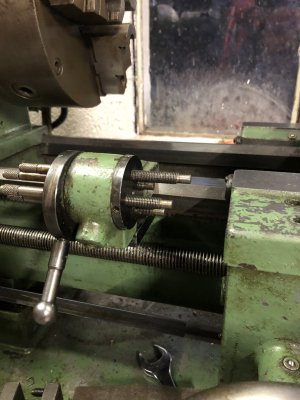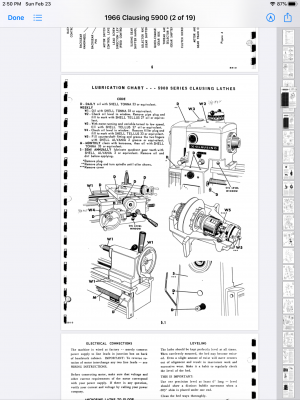- Joined
- Dec 12, 2016
- Messages
- 496
Gates are usually good belts. I don't have the vari (reeves) drive anymore so cannot comment on belt requirements:

 www.hobby-machinist.com
www.hobby-machinist.com

Clausing 5914 VFD
I did this a while back, but figured I'd post the info for others that might be interested. This setup completely replaces the original Reeves drive and countershaft arrangement. The motor is the original Doerr 2HP 3PH unit. I am using the stock cogged belt size/length, but have fitted the...
 www.hobby-machinist.com
www.hobby-machinist.com



